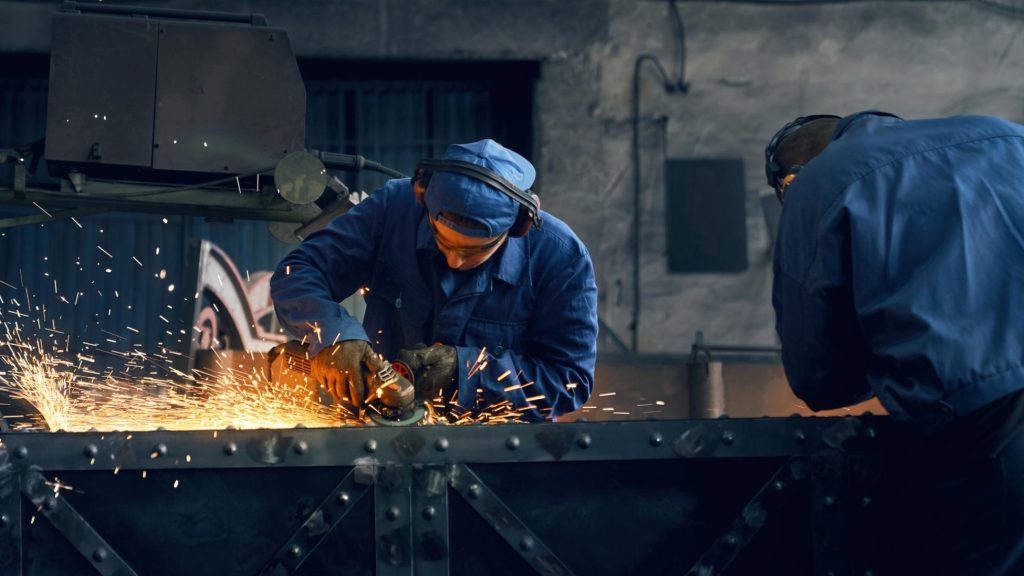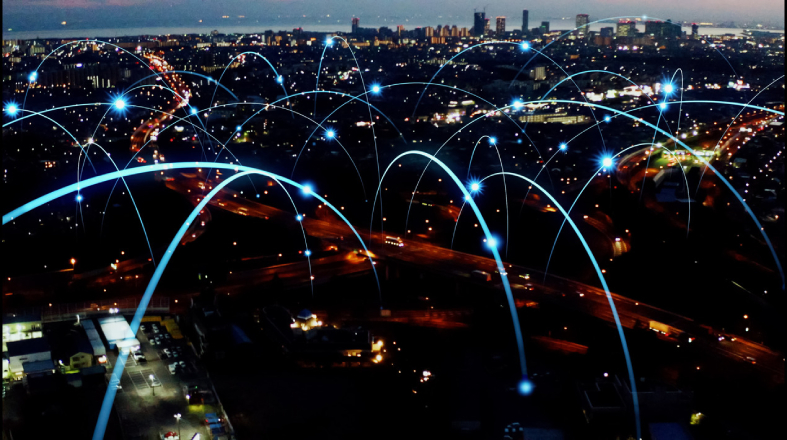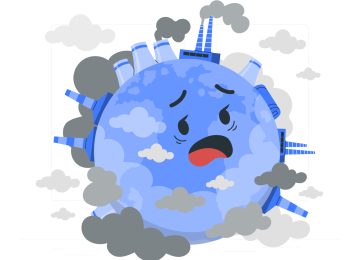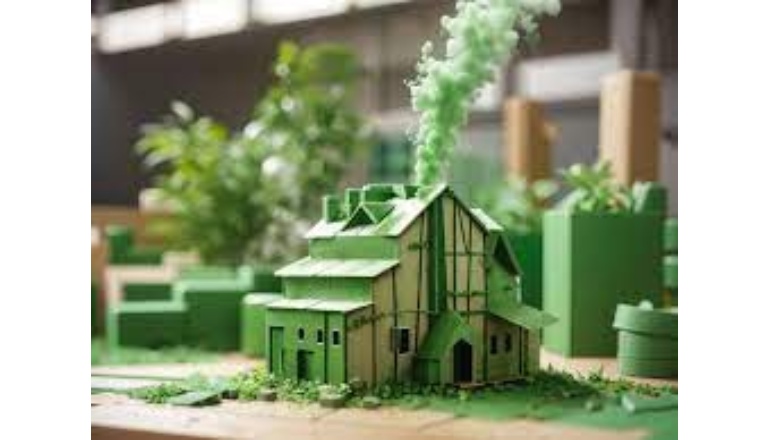A key policy shift in India’s largest market for steel, the European Union (EU), is all set to challenge the sector. With EU’s Carbon Border Adjustment Mechanism set to kick in next year, 2025 is a crucial year for Indian steel manufacturers. EU imports close to 25 per cent of India’s steel production.
According to the EU’s Joint Research Centre (JRC), India’s steel production is more carbon-intensive than most of its global peers, resulting in potential surcharge of up to $80 per tonne by 2030. Unless Indian steel makers adopt cleaner technologies.
A research note by UK-based Rystad Energy suggests that by 2034, India, along with Russia, may potentially face up to $397 in carbon taxes per tonne, even if carbon prices remain stable. 2034 is the year that CBAM takes full effect.
Beginning next year, EU will start assigning a carbon cost to imports, including steel, based on embedded carbon emissions. And Indian steel makers must urgently comply with stricter carbon regulations to avoid steep financial penalties that could undermine its position in the global steel market.
“In India, where steelmaking remains heavily reliant on coal, transitioning to low-carbon alternatives such as natural gas-based ironmaking or green hydrogen will require substantial investment and innovation. However, with limited time for transition, India must confront the carbon cost challenge in front of them, as early adopters of greener production methods could gain a stronger competitive edge in global markets, says Alistair Ramsay, Vice President, Supply Chain Research, Rystad Energy
In response to these policy shifts, the Indian government and its biggest steel players are tweaking their approaches to adapt to their external environment.
Government of India is also doing its bit to incentivize the steel industry. It has recently introduced a green steel classification system under the Production Linked Incentive (PLI) scheme. Under this framework, steel emitting less than 2.2 tonnes of carbon dioxide (CO2) per tonne of finished steel qualifies as ‘green,’ while steel with emissions below 1.6 tonnes per tonne earns a five-star rating.
The initiative aims to incentivize Indian steelmakers to cut emissions and adopt cleaner technologies. Discussions are also under way to mandate green steel in public sector projects, potentially reshaping domestic demand.
In response, Indian steel producers are gearing up to meet the challenge – curbing emissions by adopting a mix of renewable energy integration, process optimization and circular economy initiatives, as well as setting up net zero roadmaps.
Tata Steel plans to commission a 0.75 million tonne per annum (Mtpa) electric arc furnace (EAF) plant in Ludhiana by March for low-carbon steel production. The company has also invested in a carbon capture plant in Jamshedpur and is securing 379 megawatts (MW) of captive renewable power for its operations.
JSW Steel, targeting net-zero emissions by 2050, has raised $500 million through sustainability-linked bonds and is expanding production using low-carbon technologies. It has also committed $1 billion to decarbonization and is incorporating biomass and hydrogen into its processes for steel making.
Currently, these companies are on track to cut emissions by only 43 per cent in the next decade well below the levels needed to comply with stringent EU standards and mitigate CBAM-related costs.
However, if the pace of decarbonization doesn’t hasten, Indian steel could well become uncompetitive given carbon costs of up to $116 per tonne by 2034, assuming a carbon price of $100 per tonne.










